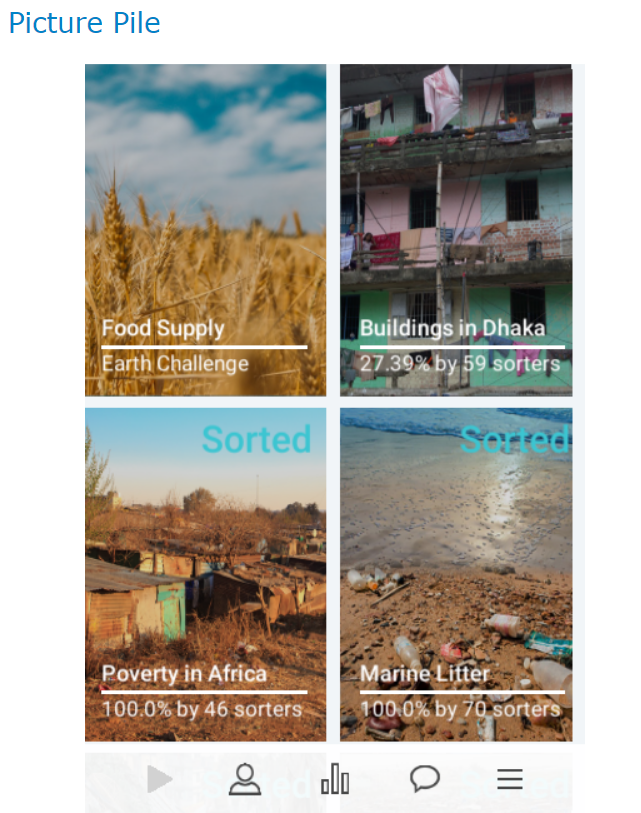A study led by the International Institute for Applied Systems Analysis (IIASA; Laxenburg, Austria) has found that citizen science could produce up to a third of the data-tracking work necessary to achieve the 17 Sustainable Development Goals (SDGs) set by the United Nations in 2015.
“Citizen science has the potential to contribute to all 17 SDGs, since it is already directly or indirectly contributing, or could contribute to at least one indicator per goal,” said IIASA researcher and study lead author Dilek Fraisl in a release. “For example, indicators that could be supported by self-reporting such as sexual violence or perceptions of safety, align well with data already being collected by some citizen science initiatives.”
Volunteering Locally Helps Globally

The 17 SDGs are measured by 169 targets and 231 unique indicators, all of which are defined within a dynamic framework. Each SDG corresponds to a different aspect of social, environmental, or economic welfare, setting quantitative targets for ideals such as universal gender equality, climate action, and access to clean water. The indicators often lack sufficient data for regular progress-tracking, but the study’s authors hope citizen science can help bridge that gap.
The study, which included a systematic review of all SDG indicators, considered an extensive list of current and past citizen science initiatives that could provide data for SDG monitoring.
One example of how citizen science projects can contribute to the SDGs is the Picture Pile tool, developed to measure direct economic loss caused by disasters. Picture Pile asks volunteers to identify damaged buildings from satellite images after disasters, and is designed to be easily adaptable for monitoring SDG indicators related to deforestation, ecosystem health, food security, poverty, and more. The tool is built as an online game, complete with a chat function to help “players” communicate and coordinate their activity. A similar program, the Humanitarian OpenStreetMap, enlists users to identify damaged roads so disaster responders can more effectively reach those in need.
Data Urgently Needed
Although the importance of volunteer-based data collection to the SDGs was well-known before the study, it is now understood to be an absolute necessity, described United Nations Environment Program statistician Jillian Campbell in a release.
“Without new ways of monitoring, such as citizen science, we will never be able to achieve global monitoring of the SDG framework, as traditional means of data collection are too expensive to cover all 231 indicators on a regular, geospatially representative basis,” Campbell said.

Environmental initiatives are often the most bereft of data, with 68% lacking data, according to the Environment Program. And while citizen science programs are already helping, there is much more work to be done.
“Realizing the full potential of citizen science requires demonstrating its value in the global data ecosystem, building partnerships around citizen science data to accelerate SDG progress, and leveraging investments to enhance its use and impact,” the study reads. “[It also] depends on creating an enabling environment. Partnerships between governments, NGOs, and citizen science practitioners are key to turning these ideas into achievable actions.”
— Will Fowler, WEF Highlights








September 1, 2020
Participate